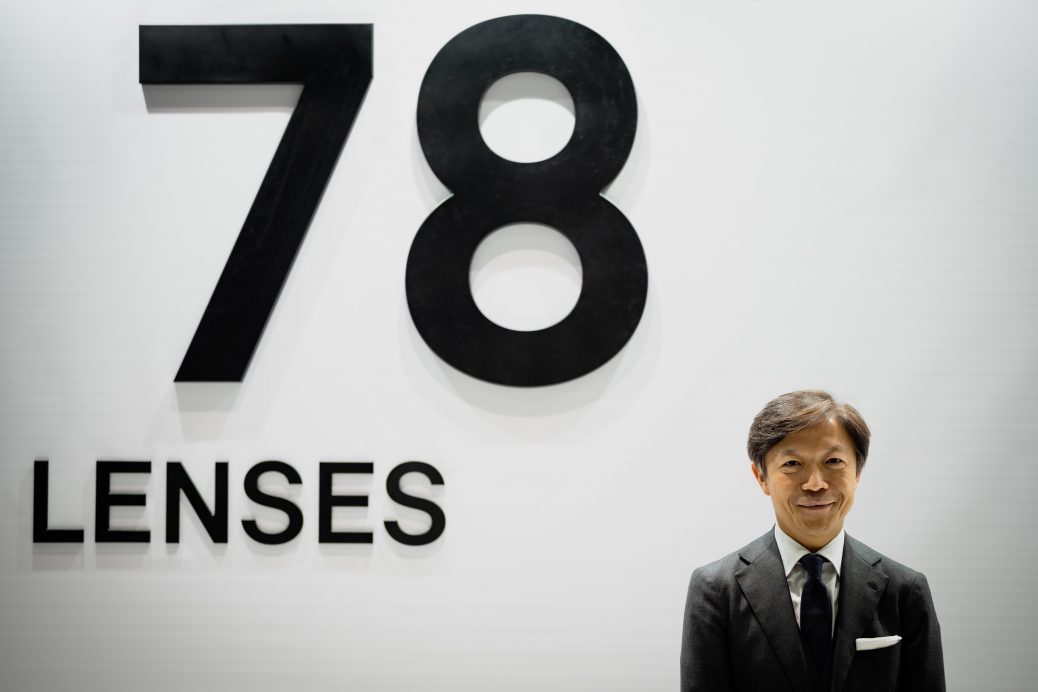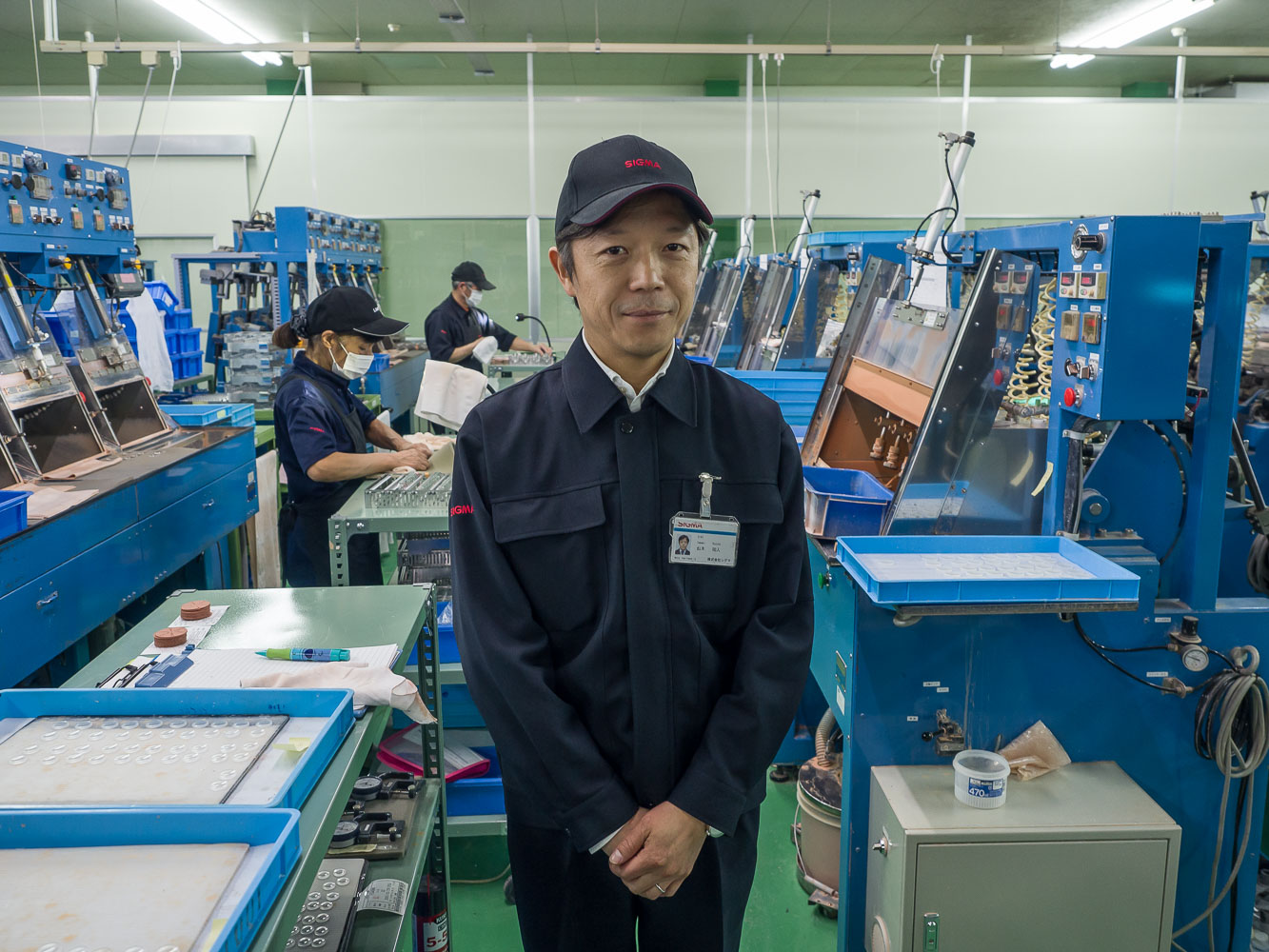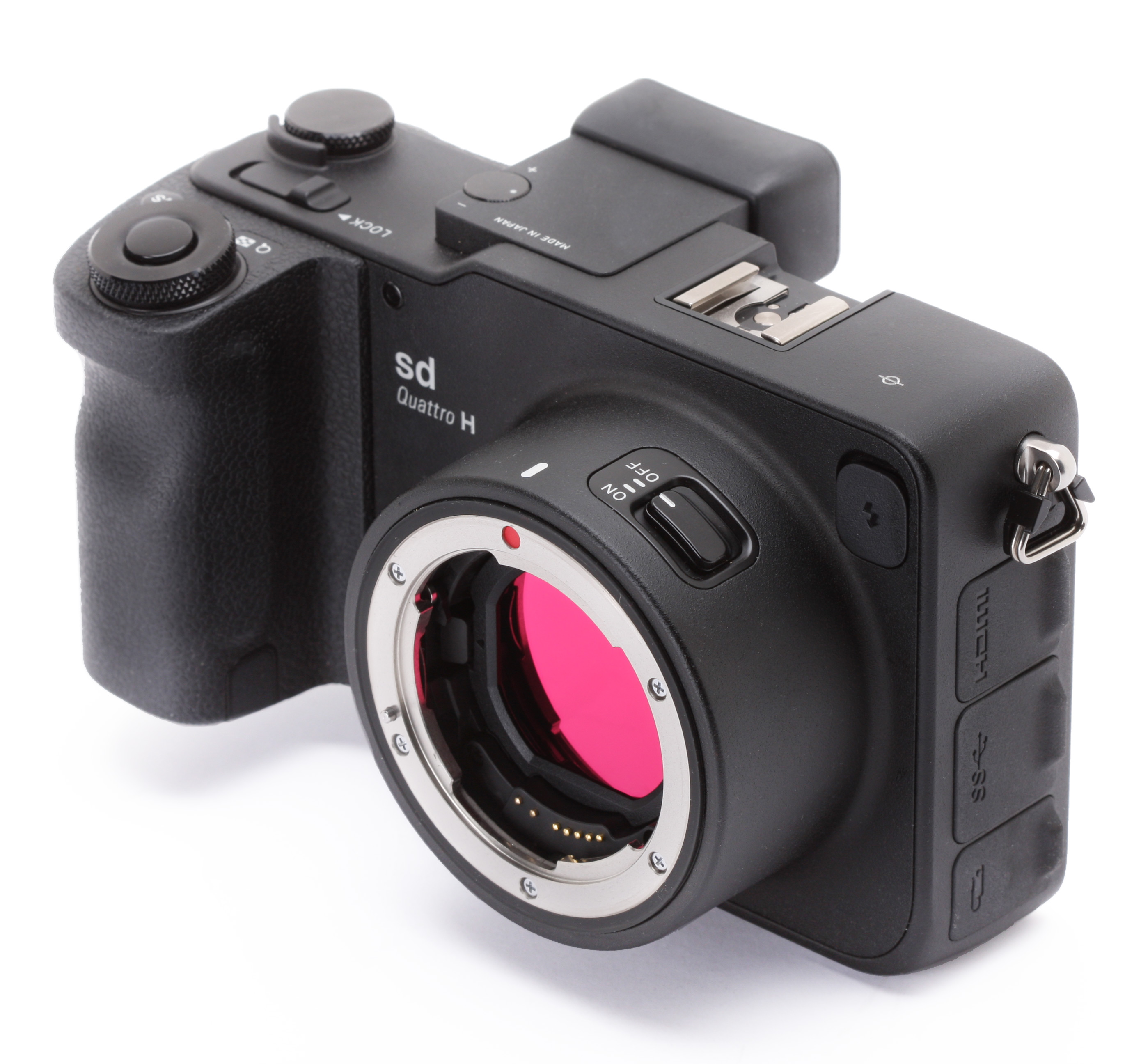Sigma Interview With Digital Photography Review at CP+ 2019
At the CP+ show in Yokohama Japan last month, DPReview make another interesting conversation with Sigma’s CEO Kazuto Yamaki. They discussed various topics, including plans for future L-mount lenses (and cameras) and some of the challenges of supporting multiple mounts.
Here are some of the most interesting news:
A complete lineup is more important than ever: “First of all we need to have more and more lenses. Variety is key. […] [They don’t] have to be standard or unique, the first priority is to have more. That’s why we announced eleven lenses at CP+, all of which will be available this year.”
Sigma is about providing the highest quality at the lowest price: “We believe our mission is to provide high quality products with affordable prices. Although I have said we can’t be the cheapest product supplier, we do our best to provide the highest quality product with an affordable price.”
Smaller lighter lenses: “I must admit our position in the industry: people [regard us as] a third-party or accessory provider. Many customers may wish to choose their original manufacturers’ lenses. So, as a lens manufacturer, differentiation is important for us. We always try to bring a unique lens that the body manufacturer doesn’t have. Of course the Art series is our heart and we have many users all over the world, so we’ll maintain this lineup. In order to differentiate ourselves we’ll need to create new ideas for lenses and we’re currently working on it.”
Develop for other new camera system: “I have a great interest in the Canon R and Nikon Z systems because eventually they will have more and more customers. So we are now investigating these systems.”
CDAF support: “From an optical point of view it would be ideal to move the whole lens forwards or back to focus. When we had manual focus there were some designs where we moved the whole lenses to focus. But when we started building autofocus lenses we needed to make the focusing lens lighter and smaller so that the motor can support the focusing lens. But the basic physics is the same: the bigger and heavier the focusing lens, the easier it is to maintain optical performance in a shorter focusing distance. In order to support contrast AF we need to implement ‘wobbling’: we need to move the focusing lens back and forth to detect the subject. In order to do that, we need to make the focus lens very light and small and this tends to degrade the performance in the short focal distance.”
Fujifilm’s X-mount lenses: “I have [had] many questions about it. I know that some [Fujifilm] customers are wishing for us to make lenses for them. It’s always a matter of priority. We know there are many good customers of the Fuji system and they’re perfectly matched with our ideal customer but [Fujifilm doesn’t] really disclose the protocol between the lens and camera, so we need to do the reverse engineering by ourselves.”
Sigma’s future as a camera manufacturer: “I have explained that our mission is to create unique lenses, a unique product for the customer and eventually I hope the customers have more choices. They can choose ordinary products from camera manufacturers and unique product from lens manufacturers [like us]. Our future camera business will be even more extreme: I’d like to deliver even more unique cameras that the big players may not deliver to market. We like to be a unique camera manufacturer in the future.”
Foveon improvements: “We tried to improve all aspects [readout speed, color separation, noise performance]. With this sensor we tried to improve the high ISO performance but color separation is the same: we maintained the same characteristics as before. It’s challenging: if we keep the same characteristics it’s challenging for the high ISO performance but it means we can reproduce better color gradation between blue, green and red.“
You can read the full interview on DPReview’s website.




